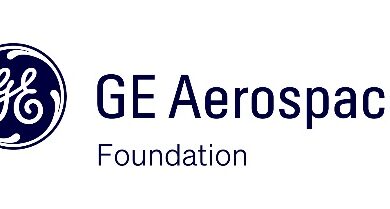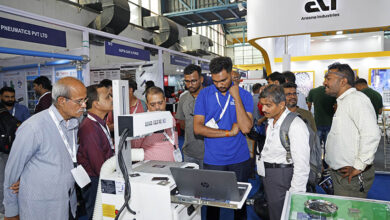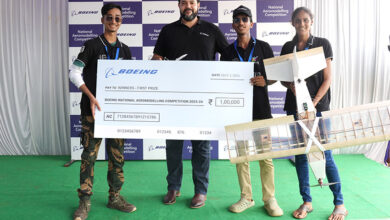ISRO surmounts two big tests part of ambitious plan to send Indians to space
- ISRO Successfully conducts the System Demonstration Model (SDM) tests for Crew Module Propulsion System for the Gaganyaan mission.
- The hot test was conducted to demonstrate the nominal re-entry
- Prior to this, a series of tests were carried out with six nos. of Thrusters
- Completing this test is a major step in qualifying the Crew Module Propulsion System for the Gaganyaan Programme
- The engine has been designed by Liquid Propulsion Systems Centre
Bangalore, April 6. The Indian Space Research Organisation (ISRO) has successfully test-fired the L110-G Vikas Engine that will power its ambitious Gaganyaan mission to space.
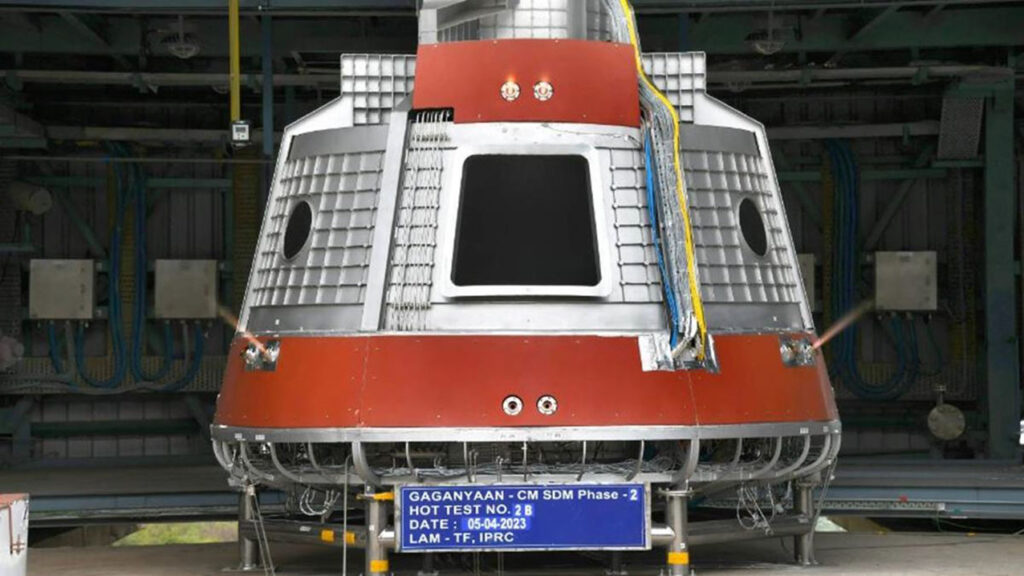
The engine was fired for 240 seconds at ISRO Propulsion Complex (IPRC), to mark the planned qualification tests of the engine as complete.
The engine uses storable propellants in a pump-fed gas generator cycle and is equipped with higher structural margins for sub-systems, an improved assembly process, and additional measurements for health monitoring.
The Indian Space Research Organisation (ISRO) also conducted the System Demonstration Model (SDM) tests for Crew Module Propulsion System for the Gaganyaan mission.
On April 5, 2023, the hot test of the Crew Module Propulsion System for demonstrating the nominal re-entry for the duration of 650 seconds was successfully conducted at ISRO Propulsion Complex, Mahendragiri. Prior to this, a series of tests were carried out with six nos. of Thrusters.
Completing this test is a major step in qualifying the Crew Module Propulsion System for the Gaganyaan Programme.
The crew module of Gaganyaan has got a bipropellant-based Propulsion System for providing 3-axis control (Pitch, Yaw & Roll) to Crew Module following Service Module separation during re-entry, from an altitude of 170 km to 7 km till the deployment of the parachute-based deceleration system. It also provides attitude control in the ascent phase abort, if any, from 3 km to 70 km.
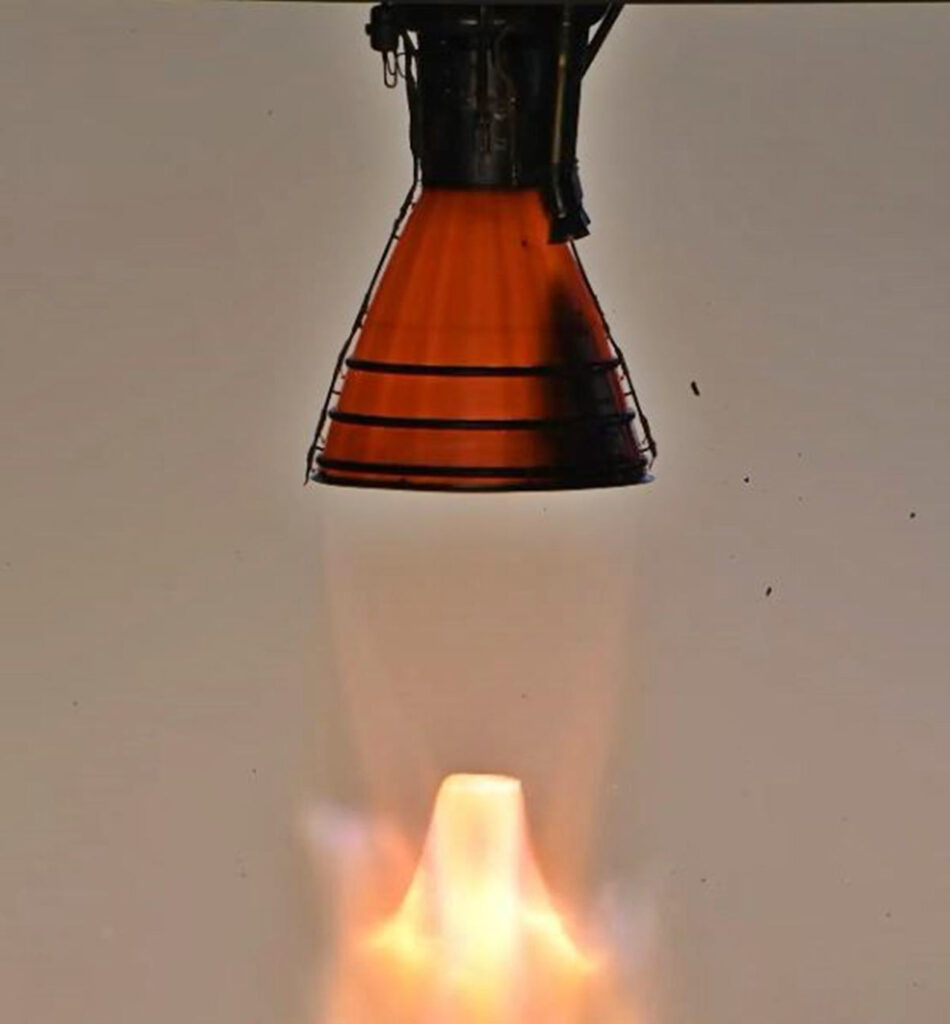
The crew module propulsion system hardware consists of 12 nos. of 100 N thrusters and associated flow control components.
This system was designed, developed, and realized by Liquid Propulsion Systems Centre, Valiamalaand its Gimbal Control system was developed by VSSC. The engine has been designed by Liquid Propulsion Systems Centre
The hot test was conducted to demonstrate the nominal re-entry.
“The successful completion of this test marks a major milestone in the human space flight programme, Gaganyaan,” Isro said in a statement.
The propulsion system will be responsible for safely guiding the astronauts and the crew module during the re-entry into Earth’s atmosphere and slowing them down before the parachutes are deployed for safe splashdown.
The bipropellant-based Propulsion System will provide a 3-axis control to the crew module following Service Module separation during re-entry into Earth’s thick atmosphere.
Completing this test is a major step in qualifying the Crew Module Propulsion System for the Gaganyaan Programme. The system consists of 12 thrusters that generate a thrust of 100 newtons each and associated flow control components.
The Indian space agency is setting the stage for the maiden abort test of the Crew Modul of the Gaganyaan mission. During the pad abort test, likely in May this year, a special launch vehicle will be fired with the simulated crew module on top. The vehicle will go up to an altitude of 19 kilometers before the Crew Escape System comes into play as the computer detects an anomaly.
The abort mission will demonstrate India’s capability of saving its astronauts in case there is a problem with the launch.


